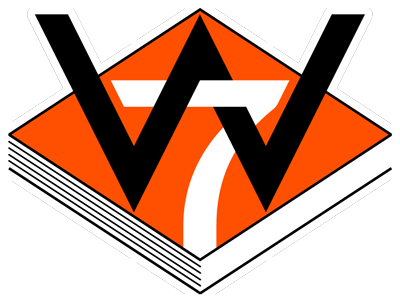Head Lice
WBSD#7 follows The American Academy of Pediatrics (AAP), the National Association of School Nurses (NASN), Centers for Disease Control (CDC) and the North Dakota Department of Health guidelines regarding Head Lice. WBSD #7 will maintain confidentiality and avoid stigmatizing affected students.
Students diagnosed with live head lice will remain in school until the end of the school day. Communication is placed to inform the parent, along with educational material on how to treat the child via parent square, email, text or handout.
Treatment must begin the day of live head lice detection, once the parent has confirmed treatment was provided, the student may return to school the next day. A re-check by school personnel will be conducted in 10 days from the date of treatment. If live head lice are detected, administration will call the parent to inform them that a second treatment will be needed before returning to school. If live lice are detected again after the second 10-day period, the parent will be notified by administration that the student will need to be seen by a health care provider for evaluation. Documentation will need to be provided stating the student may return to school from the health care provider.
In the event a classroom is exposed to head lice, administration will send out notification via parent square, email, text or handout to the affected classrooms parent/guardians.
What are head lice?
Head lice are small insects (less than /8/ inch long, approximately the size of a sesame seed). They range in color from brown, black, yellow-tan or gray-white. Head lice feed on blood they draw from the scalp and lay tine, gray/white eggs (nits) on a hair shat near the scalp. The warmth from the scalp is needed for the eggs to hatch. Head lice are not known to spread disease.
Who is at risk for head lice?
Head lice infections occur in all socioeconomic groups, are not an indication of poor hygiene, and can affect anyone, but are most common in children attending child care or elementary school. Individuals who have head-to-head direct contact to someone with head lice is the greatest risk. Household members of infested children are also at risk.
What are symptoms of head lice?
Most individuals who have head lice do not have symptoms at all. When symptoms do occur, the most common signs include itching of the skin on the scalp or near the nape of the neck.
What is the treatment?
Over the counter treatments and prescriptions that kill lice and most viable eggs are available. For more information about the treatment of head lice visit. https://www.cdc.gov/parasites/lice/head/treatment.html.
What can be done to prevent the spread?
Head lice are frustrating, a nuisance and very communicable. When every parent takes responsibility to check their child/children’s heads and screen the entire family, lice can be detected early and controlled. Children should not share coats, hats, scarves or brushes with other children.
